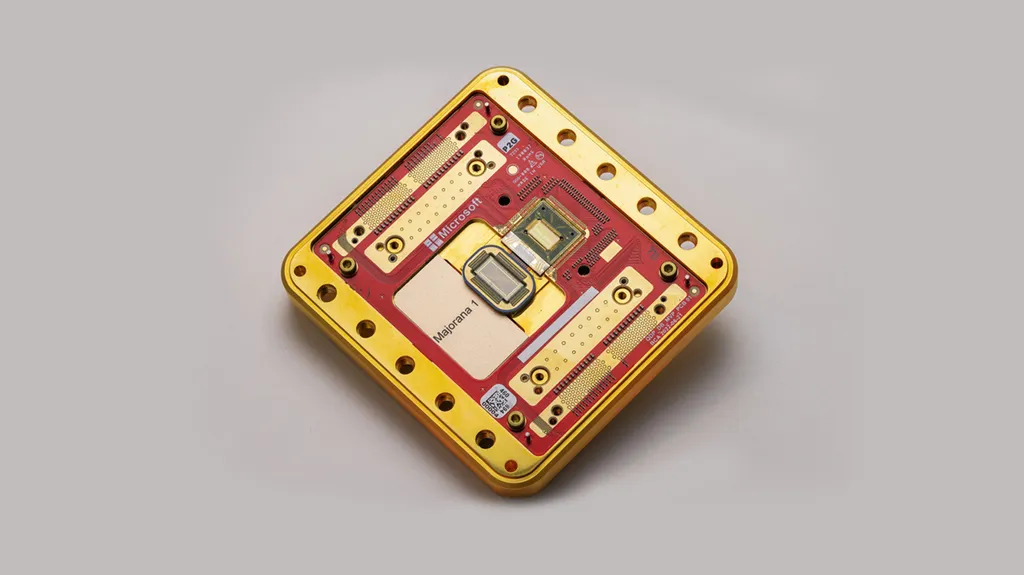In the realm of quantum technologies, a team of researchers from the University of Science and Technology of China, led by Pei-Yao Song and Jin-Lei Wu, has proposed a novel approach to quantum transduction, which could have significant implications for the energy sector’s pursuit of efficient and secure quantum communication networks.
The researchers have introduced a topological transport platform for microwave-to-optical conversion at the single-photon level. This platform leverages a hybrid dual-mode Jaynes-Cummings (JC) configuration, where a microwave resonator couples an optical cavity mediated by a Rydberg atom ensemble. In simpler terms, they have found a way to efficiently convert microwave signals to optical signals using a system of highly excited atoms, or Rydberg atoms, within a specific setup.
The proposed scheme enables the formation of Fock-state lattices (FSLs), where the rate at which photons hop between sites depends on the number of photons in each site. This unique feature allows for the creation of a high-efficiency single-photon transducer, which facilitates topologically protected photon transport between microwave and optical modes. Topological protection means that the photon transport is robust against local perturbations and disorders, ensuring reliable quantum communication.
One of the most intriguing findings of this research is the identification of an inherent zero-energy mode corresponding to the dark state of the dual-mode JC model. This dark state is crucial for building an efficient single-photon transducer, as it allows for the seamless transfer of quantum information between different energy regimes.
Moreover, the researchers have shown analytically that the FSL features continuous variations of the winding number, a topological invariant that characterizes the system’s global properties. This finding opens up new avenues for exploring topological physics with continuous winding numbers in atom-cavity systems.
The practical applications of this research for the energy sector are manifold. Efficient quantum transduction is a critical component for developing quantum communication networks, which could revolutionize the way energy systems are monitored and controlled. Quantum networks could enable ultra-secure communication channels for smart grids, ensuring the integrity and security of energy data transmission. Furthermore, the ability to convert microwave signals to optical signals efficiently could enhance the performance of quantum sensors and quantum radar systems, which are essential for monitoring and maintaining energy infrastructure.
This research was published in the journal Physical Review Letters, a prestigious peer-reviewed journal in the field of physics. The findings represent a significant step forward in the development of quantum technologies and their applications in the energy sector. As the world continues to transition towards a more sustainable and secure energy future, the insights gained from this research could play a pivotal role in shaping the next generation of energy systems.
This article is based on research available at arXiv.

